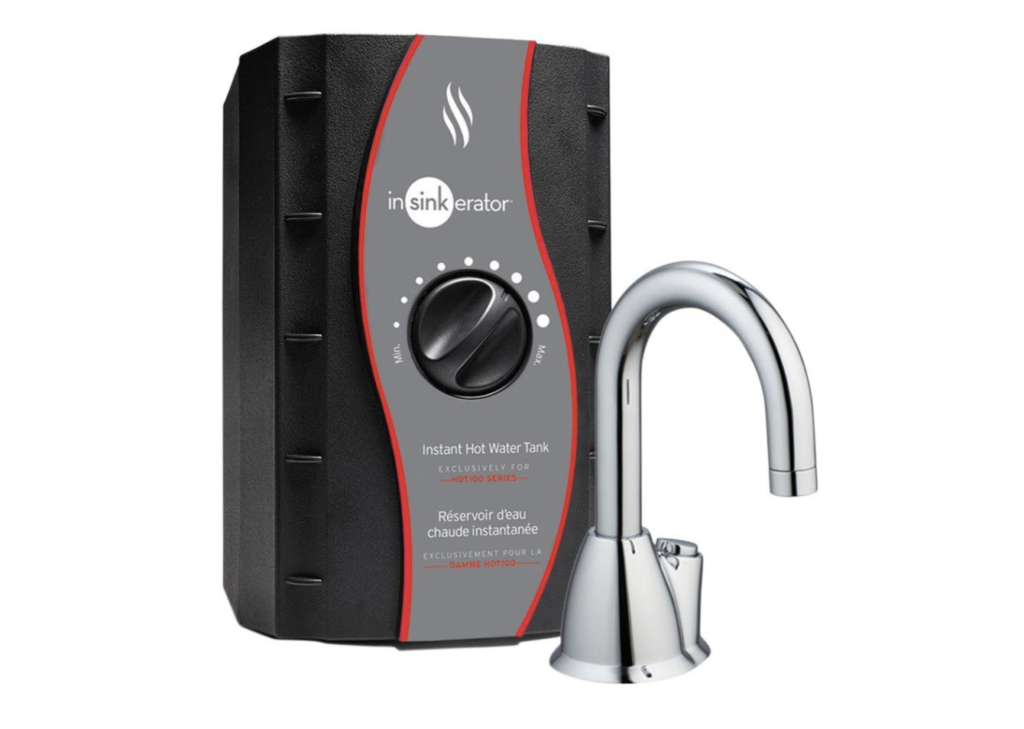As of late, there’s been a fair amount of hype surrounding boiling water taps, but are they worth the extra cost? Before you decide whether it’s a good idea to install one in your kitchen, here are pros and cons to take into account:

Pros
1.) Instant boiling water. With a boiling water tap, you don’t have to wait for the kettle to start whistling. Turn the faucet, and you have instant access to boiling and hot water.
2.) A safer option for family homes. Boiling water raps are a safer option for large families, but you do need to make sure that the one you buy is a ‘child-friendly tap’ – the sides won’t get hot while the child-safety feature ensures that neither kids nor adults turn them on by accident.
3.) They can make water taste better. A higher-quality boiling water tap will filter tap water, removing those odd-tasting chemicals that may be in your water supply. The higher-end range of boiling water taps will also aerate to make the water softer – which is ideal if you’re in an area that supplies hard water only.
4.) Option to adjust water temperature. With some product lines, you can adjust the heat by merely using a touchscreen – from ‘just hot’ up to 99°C.
5.) You don’t need a large tank. A small container for the boiling water tap will suffice for most families. Unless, of course, people in your household are accustomed to consuming several liters of tea and coffee each day, which is rare. Even if boiling water demand is high – such as when you have extended family and guests over – your tank can quickly reheat within minutes. Just make sure you know the tank’s reheat time before buying.
Cons
1.) You will need to sacrifice some cupboard space for the hot water tank. In most cases, the boiling water tap tank sits in the cupboard below the kitchen sink – an area that is typically used for the kitchen bin or cleaning product storage. With that said, the smaller ones sold by Abode, for instance, come with a two-liter capacity, so you may not need to sacrifice as much cupboard space, after all. The larger, bulkier ones can hold up to 11 liters. At the end of the day, it’s your call.
2.) Filters and limescale-control features cost extra. Limescale-control units will cost you a pretty penny. The one sold by top manufacturer InSinkErator, for example, sets you back by $189.98. And without this unit, you will need to clean the tap and tank periodically, just like you do with a kettle.
Additionally, you’ll also need to clean the tap’s nozzle of limescale, while being careful only to use the recommended limescale removers.
3.) Not all models provide 100% boiling water. While the top brands like Franke and Quooker do offer 100°C water, other mid-range or low-end boiling water taps don’t. However, as a consumer, you may not notice this, but if you’re particularly fussy about how hot your breakfast tea is, then this is something to consider.
- Tulip Mania – The Story of One of History’s Worst Financial Bubbles - May 15, 2022
- The True Story of Rapunzel - February 22, 2022
- The Blue Fugates: A Kentucky Family Born with Blue Skin - August 17, 2021